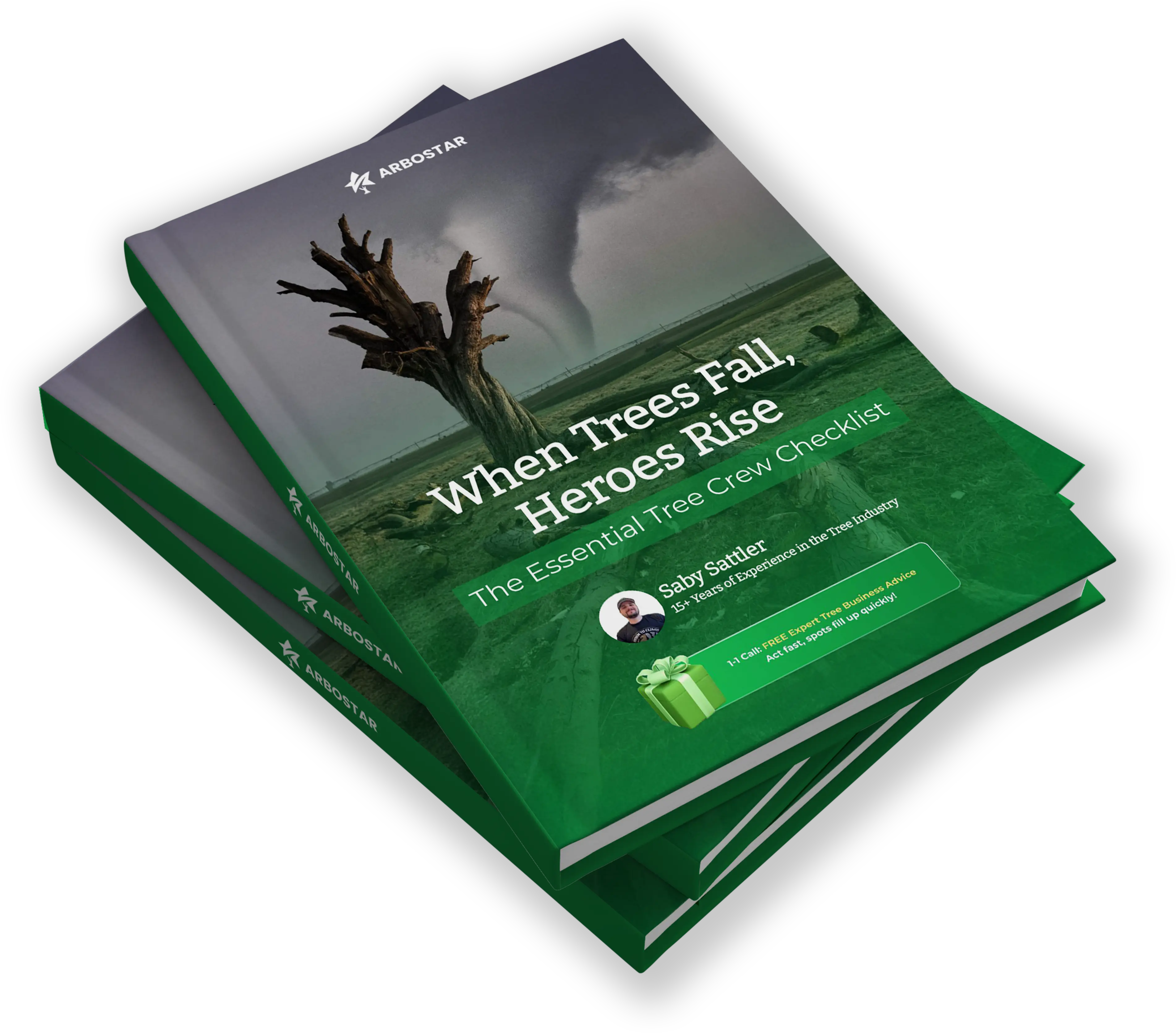The Role of Trees in Climate Change Mitigation: Crucial Insights for Arborists

Carbon Sequestration: Trees as Natural Carbon Sinks
Mitigating climate change is a global priority and increasingly trees are being recognized as valuable allies in this endeavor. No doubt you need to know your job well as stewards for the environment. Trees serve as natural carbon sinks by absorbing Carbon Dioxide (CO2) which is one of the major greenhouse gases from the atmosphere. This process called carbon sequestration contributes greatly in counteracting negative impacts brought about by climate change.Current estimates indicate that forests worldwide soak up around thirty percent (30%) of annual human-caused CO2 emissions.

Optimizing Carbon Storage: The Arborist's Role
Arborists can enhance how much carbon gets stored through trees. Arborists may contribute significantly towards combating global warming by selecting species with high potential for carbon storage and ensuring their healthiness until they live longer periods. For example; Ponderosa Pine, Douglas Fir or Yellow Poplar are among some tree types known for high rates in which they absorb carbon.

Mitigating Urban Heat Island Effects with Trees
Additionally, trees play a very important part when it comes to reducing urban heat island (UHI) effects. These giants lower city temperatures by few degrees through shading and transpiration or releasing water vapor into the atmosphere. As a result less energy will be needed in cooling buildings thus cutting down amounts of CO2 emitted into air-conditioning units which are power intensive devices.Tree placement and care therefore acts as amplifiers for these benefits within arboricultural practices being core.

Windbreaks and Energy Conservation: Trees at Work
Lastly, besides acting like strong wind barriers that reduce heating requirements within buildings leading to overall energy savings, they also serve other purposes related with mitigating climate change.For instance strategic planting of trees around structures can cut down on CO2 release thereby showing how much could be saved through arboriculture in this area.
Conclusion: The Arborist's Role in Climate Change Mitigation
All in all, trees present us with an opportunity that is within reach, affordable and has many facets for addressing global warming. There is need for you as arborists to tap into these possibilities because they can make a lot of difference. You could do so by focusing on carbon sequestration, mitigating UHI effects using natural windbreaks among others which will help create sustainable and resilient urban landscapes.
If we are to truly face the urgency of our current climate crisis then we must start understanding and appreciating our natural world much more deeply – and at the center of this conversation are trees! So gather knowledge about them, become advocates for city forests everywhere & take charge when it comes to fighting against climate change.











